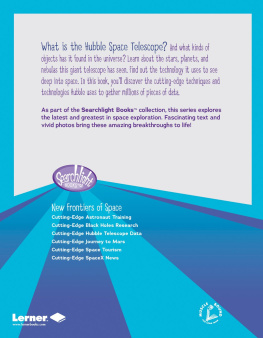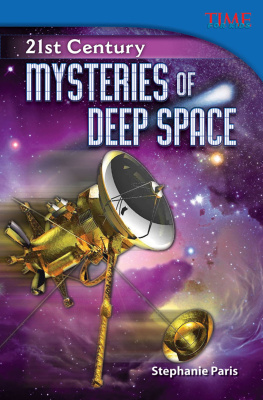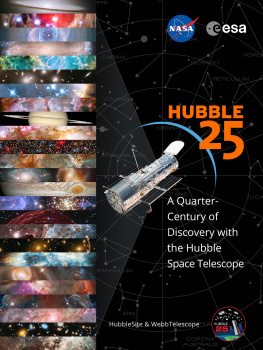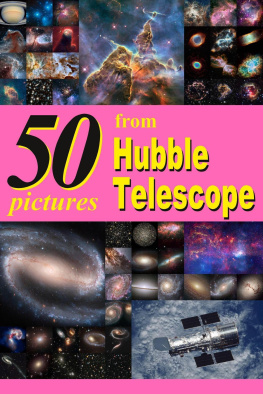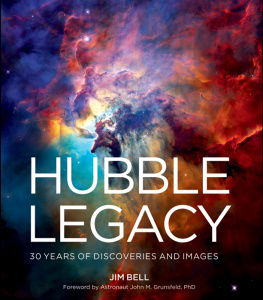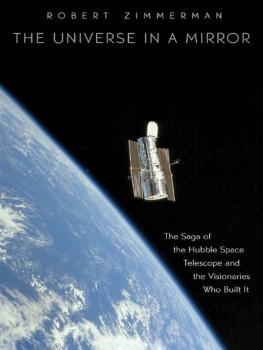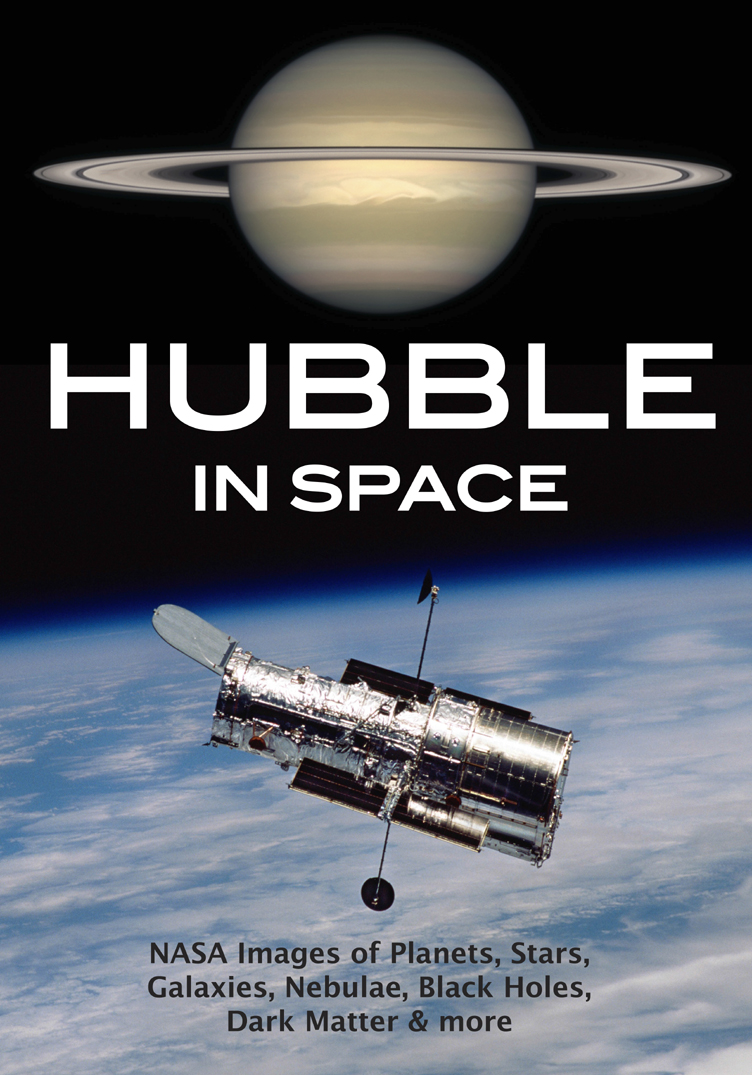

AUTHOR A BOOK WITH AMHERST MEDIA
Are you an accomplished photographer with devoted fans? Consider authoring a book with us and share your quality images and wisdom with your fans. Its a great way to build your business and brand through a high-quality, full-color printed book sold worldwide. Our experienced team makes it easy and rewarding for each book soldno cost to you. E-mail today
Copyright 2018 by Amherst Media, Inc.
All rights reserved.
All photographs by NASA unless otherwise noted.
Published by:
Amherst Media, Inc., P.O. Box 538, Buffalo, N.Y. 14213
www.AmherstMedia.com
Publisher: Craig Alesse
Senior Editor/Production Manager: Michelle Perkins
Editors: Barbara A. Lynch-Johnt, Beth Alesse
Acquisitions Editor: Harvey Goldstein
Associate Publisher: Katie Kiss
Editorial Assistance from: Ray Bakos, Carey A. Miller, Rebecca Rudell, Jen Sexton-Riley
Business Manager: Sarah Loder
Marketing Associate: Tonya Flickinger
ISBN-13: 978-1-68203-301-2
Library of Congress Control Number: 2017958111
10 9 8 7 6 5 4 3 2 1
No part of this publication may be reproduced, stored, or transmitted in any form or by any means, electronic, mechanical, photocopied, recorded or otherwise, without prior written consent from the publisher.
Notice of Disclaimer: The information contained in this book is based on the authors experience and opinions. The author and publisher will not be held liable for the use or misuse of the information in this book.

www.facebook.com/AmherstMediaInc
www.youtube.com/AmherstMedia
www.twitter.com/AmherstMedia
Contents
The Great Red Spot
Neptunes Day


Table of Contents
Guide
H ubble images from space are amazing. The images in this book provide enjoyment, inspiration, and an egress into NASA Hubble Space Telescopes exploration of outer space. The image comments are short, succinct, and in non-technical terms, providing enough context to get space novices started. More in-depth and detailed information can be found on the internet.
The NASA Hubble Space Telescope images are simply beautiful. Each one is different and describes worlds in our solar system and far away places. They span across unimaginable distancesmost are light-years awayto planets, stars, supernovae, black holes, galaxies, and nearly into the birth of our universe. They display for us the distant, the invisible, the incredibly hot and cold, the long ago, and the very beginning. Hubble images peak our curiosity and wet our appetite for solar and galactic wanderlust.
These scientifically recorded, data-based images are artfully created by NASA and their many associates. NASA and its communities share Hubbles images, and the data collected, with the world. The images in this book are only a small representation of what has been collected. In fact, there are huge archives of data waiting to be reviewed for scientific studies and image generation. Hubble images and their corresponding data have answered many scientific questions. And as it often happens when answering science questions, more important questions ariseabout space, physics, life, and the universe. Many of Hubbles classic images have been updated (and will continue to be) with refined imaging techniques or new data from other telescopes and instruments. Many scientists/artists continue to work as data is still being collected and the datas usefulness will continue to add to our enjoyment and knowledge of the universe.
As the curator/editor, I have tried to give image credit as requested by the websites where each image was acquired. Similar images were available from different websites with variations in credits provided. If I have left anyone out, please contact me and corrections will be made in future editions. Also, if you would like to explain your imaging process, feel free to reach out. For those whose images were not included, I would like to hear from you, too.
More fantastic images and knowledge are yet to come from the NASA Hubble Space Telescope data and other future space telescopes. We are on the cusp of significant discoveries, and the world witnesses it through earthbound and space telescopes visual platforms. Enjoy this collection of Hubbles astounding images.
Beth Alesse, editor/curator

I n 1609, Italian scientist Galileo Galilei used the newly invented telescope to view the night sky. His observations conclusively changed humankinds grasp of the universe. Nearly four centuries later, the NASA Hubble Telescope, named for astronomer Edwin Hubble, is also changing our fundamental understanding of the universe.
Orbiting 340 miles above the surface of our planet, Hubble can see past the distorting effects of Earths atmosphere. This effect blurs starlight and blocks some wavelengths of light from ever reaching the ground-based telescopes. Out of the Earths atmosphere, the Hubble observations become more consistent, detailed, and sensitive. The telescope is in its third decade, having made over a million observations, and has produced over 14,000 scientific publications. Besides becoming a huge worldwide cultural icon, Hubbles scientific discoveries are momentous.
NASAs Hubble Space Telescope was launched aboard the Space Shuttle Discovery in 1990 in a partnership between the United States space program (NASA stands for National Aeronautics and Space Administration) and the European Space Agency. Hubble received hardware and software updates during several service missions, and it continues to function as one of the most significant scientific instruments ever made.
Solar panels provide the power for its operation. It has communication antennas to send its data to scientists on Earth. There are two mirrors, primary and secondary. The aperture door can close if the inside needs to be protected. The fine guidance sensors help to orient the telescope to its target and hold it in place while exposures are made. This is a simple list of the major parts of a complex machine that takes advanced software and numerous scientists with technical skill to maintain and operate.

The NASA Hubble Space Telescope was designed to be serviced by astronauts in space. Five subsequent Space Shuttle missions replaced, repaired, and upgraded systems on the telescope, including all five of the main instruments by 2009. The Hubble operated with a defective mirror for the first three years until it could be optically corrected. Nonetheless, the telescope carried out productive operations of less difficult targets where astronomers could compensate for the mirrors defects. The fifth mission was nearly cancelled following the Columbia Shuttle disaster in 2003.


